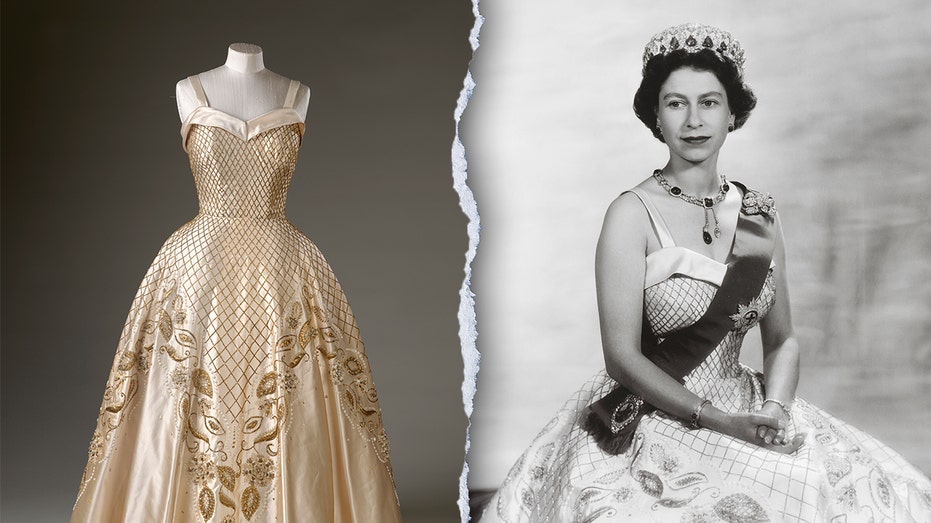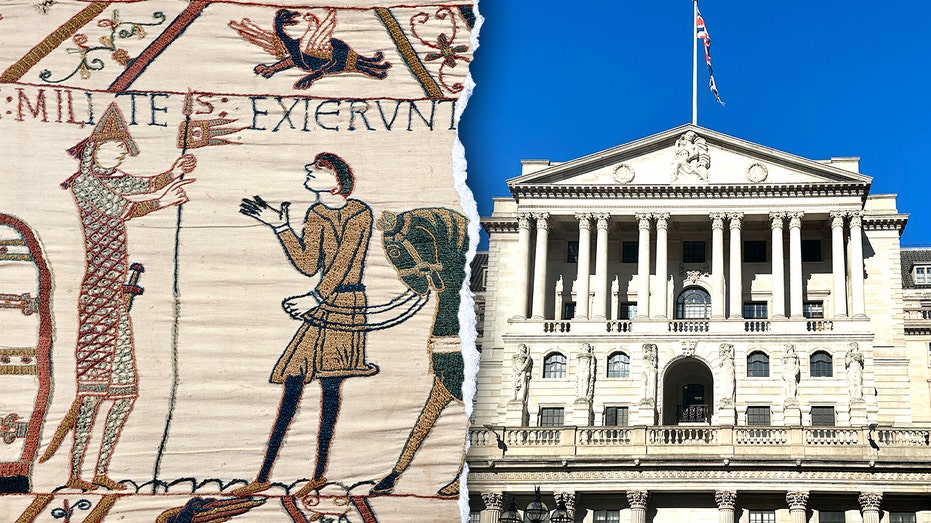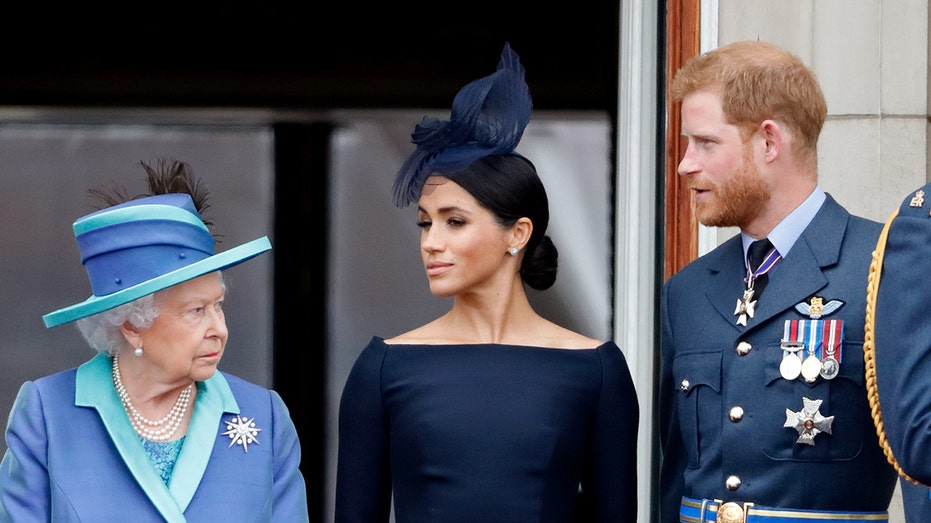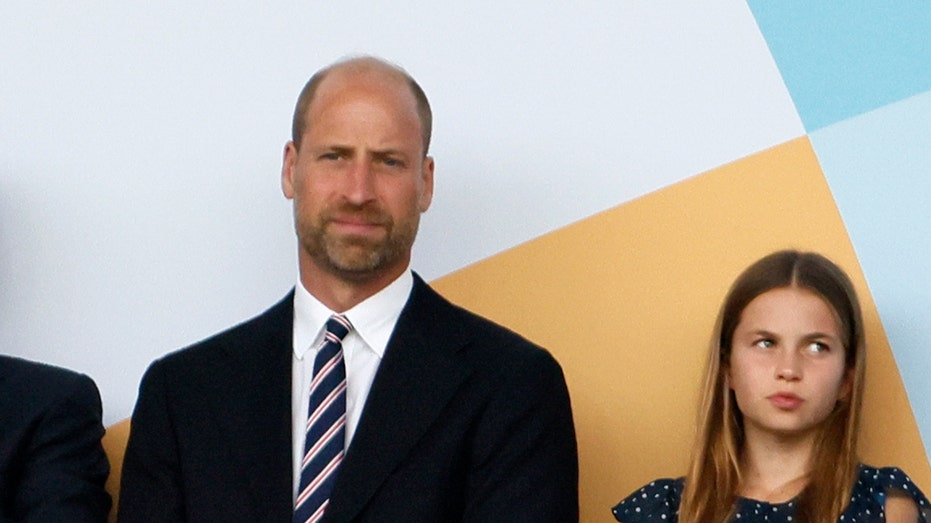Fashion as Diplomacy: Decoding Queen Elizabeth II's Style Legacy

Sarah Johnson
August 18, 2025
Brief
A deep analysis of the "Queen Elizabeth II: Her Life in Style" exhibit, revealing how fashion was used as soft power, cultural diplomacy, and national identity building.
Queen Elizabeth's Enduring Style: More Than Just Fashion
Opening Analysis: The upcoming exhibition "Queen Elizabeth II: Her Life in Style" at Buckingham Palace is far more than a simple display of clothing. It's a carefully curated narrative the historical, social, and political context in which they were worn.
The Bigger Picture: Fashion as a Royal Tool
Queen Elizabeth II understood the power of image. Throughout her reign, spanning over seven decades, her wardrobe became a carefully constructed language understood across the globe. From early childhood couture to her iconic coronation dress, each piece told a story – of duty, resilience, and unwavering commitment to the Crown. This wasn't a matter of personal preference, but a calculated effort to project stability and continuity in a rapidly changing world. During times of post-war austerity, her choices reflected the national mood. In moments of celebration, her garments became symbols of hope and unity.
The Royal Family has a long history of using fashion to convey messages. Queen Victoria, for instance, established mourning dress traditions that influenced Victorian society for decades. Queen Elizabeth II modernized this approach, subtly using colors, fabrics, and silhouettes to communicate solidarity, respect, or celebration, depending on the occasion. The upcoming exhibit promises to showcase this strategic use of fashion like never before, revealing the thought process behind these carefully selected ensembles.
What This Really Means: Soft Power and British Identity
Queen Elizabeth II’s wardrobe choices were not merely aesthetic; they were a form of “soft power.” Her consistent support for British designers and manufacturers helped bolster the nation's fashion industry and project an image of British craftsmanship and elegance onto the world stage. Remember the use of Norman Hartnell, who designed both her wedding and coronation gowns, a master stroke in promoting British Haute Couture. This exhibition acknowledges the broader influence Queen Elizabeth II exerted on global trends and style, underscoring the economic and cultural impact of her royal patronage.
Furthermore, the exhibition highlights the “uniquely British style” that the Queen embodied. This encapsulates not just the designers she favored but the practicality and understated elegance that characterized her everyday wear. Think of the Barbour jackets, the headscarves, and the sensible shoes – items that projected an image of approachability despite her royal status. These choices reinforced her connection to the British people and strengthened her image as a relatable, yet regal, figure.
Expert Perspectives
“Queen Elizabeth II understood that what she wore was never just about fashion; it was about communicating with the world,” says Hamish Bowles, Vogue's International Editor-at-Large. “Her clothing choices were a complex language of diplomacy, tradition, and personal expression.”
Fashion historian Lauren Kiehna notes, “The Queen's jewelry also played a significant role. From the Cullinan diamonds to the Cambridge emeralds, each piece carried historical weight and added to the symbolic power of her image. She was adept at deploying these items to signal continuity with the past while remaining relevant to the present.”
Data & Evidence
Studies on the economic impact of the royal family consistently show a positive effect on the British fashion industry. Brand Finance estimates that the royal family contributes billions to the UK economy annually, through tourism, media coverage, and endorsements. The Queen's sartorial choices played a significant role in this impact, boosting the visibility and reputation of British brands both domestically and internationally.
Furthermore, data on media coverage from sources like Statista reveals the intense global interest in the British royal family's activities and attire. The Queen’s fashion choices were consistently a popular topic of discussion, demonstrating the significant cultural impact of her wardrobe.
Looking Ahead
This exhibition could spark renewed interest in the relationship between fashion, power, and national identity. It raises important questions about how public figures use clothing to communicate and influence public opinion. It is likely that the exhibition will inspire contemporary designers to look to Queen Elizabeth II's meticulous approach to image-building and her understanding of the power of fashion as a means of communication. Moving forward, we will be seeing many designers and brands taking inspiration from the Queen’s style.
Additionally, the exhibition may lead to a reassessment of the importance of fashion archives. By showcasing the meticulous documentation and preservation of Queen Elizabeth II’s wardrobe, it highlights the value of treating clothing as a historical record.
The Bottom Line
“Queen Elizabeth II: Her Life in Style” promises to be a revealing exploration of the Queen's strategic use of fashion as a tool for diplomacy, communication, and national identity. The exhibition will not only showcase stunning garments and accessories but also provide valuable insights into the historical, social, and political context behind her choices. This is an opportunity to understand how fashion can be a powerful form of soft power and how Queen Elizabeth II used it to shape the image of the British monarchy in the 20th and 21st centuries.
Topics
Editor's Comments
It's easy to dismiss fashion as frivolous, but Queen Elizabeth II's example underscores its potential as a powerful tool for cultural diplomacy. While King Charles III may have his own vision for the monarchy's future, the legacy of his mother's calculated approach to style is undeniable. The question remains: How will future monarchs leverage fashion to shape their image and communicate with the world in an era of rapid social change and digital scrutiny? Perhaps this exhibit will act as a blueprint for them.
Like this article? Share it with your friends!
If you find this article interesting, feel free to share it with your friends!
Thank you for your support! Sharing is the greatest encouragement for us.






